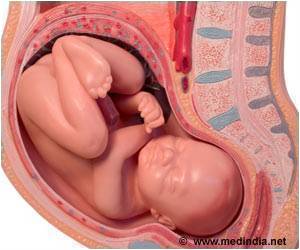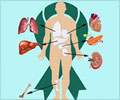Organ donation involves the donation of healthy organs and tissues from one person for transplantation into another. It is now being increasingly accepted that organ and tissue donation should be considered a routine part of end-of-life care in both intensive care unit and emergency department. Expert opinion is that a single donor can save as many as 50 people. Demand for organs for transplantation outstrips supply in almost every country of the world. Wait for an organ can often be measured in years in many places.
Donation after circulatory death (DCD) is a transplantation policy widely practiced worldwide; it has been endorsed by the World Health Organization. Most of the times, organs and tissues to be transplanted are obtained from dead donors, i.e. those declared brain dead. DCD involves retrieval of organs for the purposes of transplantation that follows death confirmed using circulatory criteria. Though originally introduced for kidney retrieval, shortfall in the availability of organs for transplantation has prompted many countries to extend DCD to organs such as the liver, pancreas, and lungs.Candidates for DCD are individuals who are on ventilator support due to nonrecoverable or irreversible neurologic injury not meeting brain death criteria. Much studies have been done to compare the functionality and survival of DCD organs especially kidneys with ones retrieved from brain dead donors. Values have been found to be comparable. However DCD kidneys were associated with technical complications such as higher rates of primary graft nonfunction, delayed graft function, discard, and retrieval associated injury. These, however, do not affect the long-term organ function and
survival.
With adequate precautions, such as maintenance of normothermic (i.e. normal temperature) regional perfusion during DCD abdominal organ retrieval, organ injuries due to poor blood supply (ischemic organ injury) can be averted. Extension of the concept of living kidney donation in relation to imminent death of potential DCD donors can help us to achieve a significant increase in transplantable kidneys.
Ongoing researches are trying to identify, prevent, and repair DCD-associated organ retrieval injury. Encouraging results have been obtained using techniques such as ex situ
pretransplant organ perfusion of DCD organs.
Download an Organ Donor Card From http://www.mohanfoundation.org/downloads.asp
References:
2. Donation after circulatory death.Manara AR, Murphy PG, O'Callaghan G. Br J Anaesth. 2012 Jan;108 Suppl 1:i108-21. doi: 10.1093/bja/aer357.









